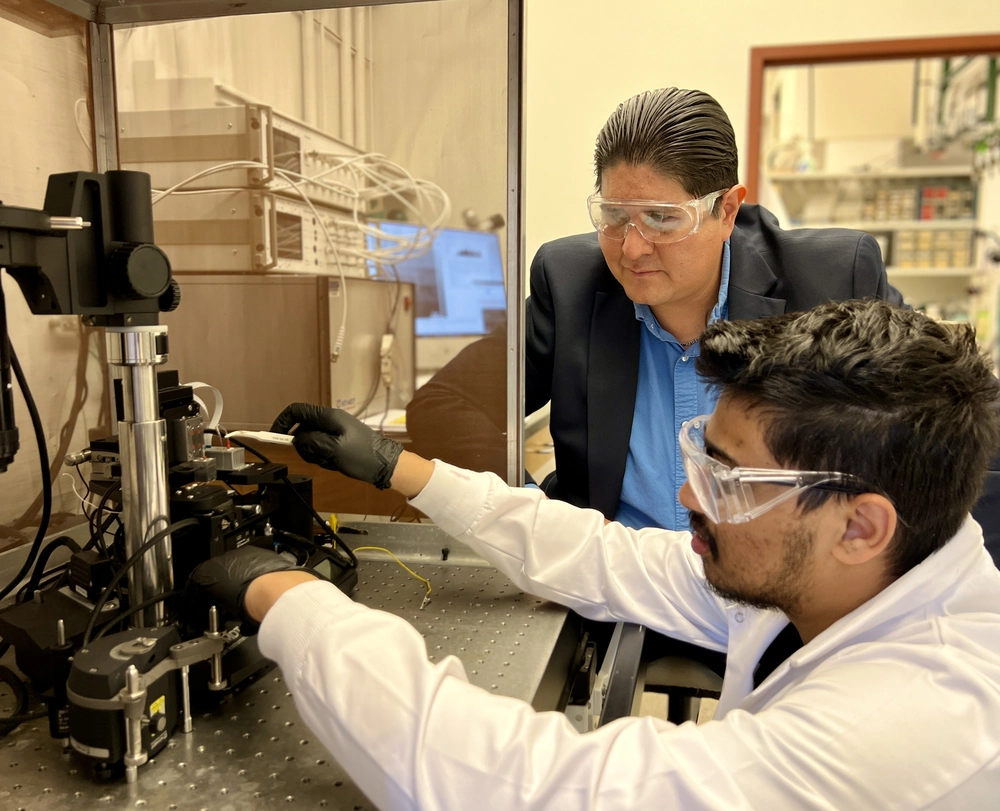
Today the U.S. Department of Energy (DOE) announced the creation of two new Energy Innovation Hubs. One of the national hubs, the Energy Storage Research Alliance (ESRA), is led by DOE’s Argonne National Laboratory and co-led by DOE’s Lawrence Berkeley National Laboratory (Berkeley Lab) and Pacific Northwest National Laboratory (PNNL).
ESRA (pronounced ez-ruh) brings together nearly 50 world-class researchers from three national laboratories and 12 universities, including University of Illinois Urbana-Champaign chemistry professor Joaquín Rodríguez-López, to provide the scientific underpinning to address the nation’s most pressing battery challenges, including safety, high-energy density and long-duration batteries made from inexpensive, abundant materials. ESRA’s primary aim is to push the boundaries of energy storage science to drive technological innovation and strengthen U.S. economic competitiveness.
“The demand for high-performance, low-cost and sustainable energy storage devices is on the rise, especially those with potential to deeply decarbonize heavy-duty transportation and the electric grid,” said Shirley Meng, ESRA director, chief scientist of the Argonne Collaborative Center for Energy Storage Science and professor at the Pritzker School of Molecular Engineering at the University of Chicago. “To achieve this, energy storage technology must reach levels of unprecedented performance, surpassing the capabilities of current lithium-ion technology. The key to making these transformative leaps lies in a robust research and development initiative firmly grounded in basic science.”
Rodríguez-López said his research group at Illinois is thrilled to be part of ESRA and contribute to its mission with knowledge in electrochemical materials characterization and automation.
“There are great challenges in batteries, but also exciting opportunities to innovate, and we are part of an outstanding collaborative group to tackle both aspects,” he said.